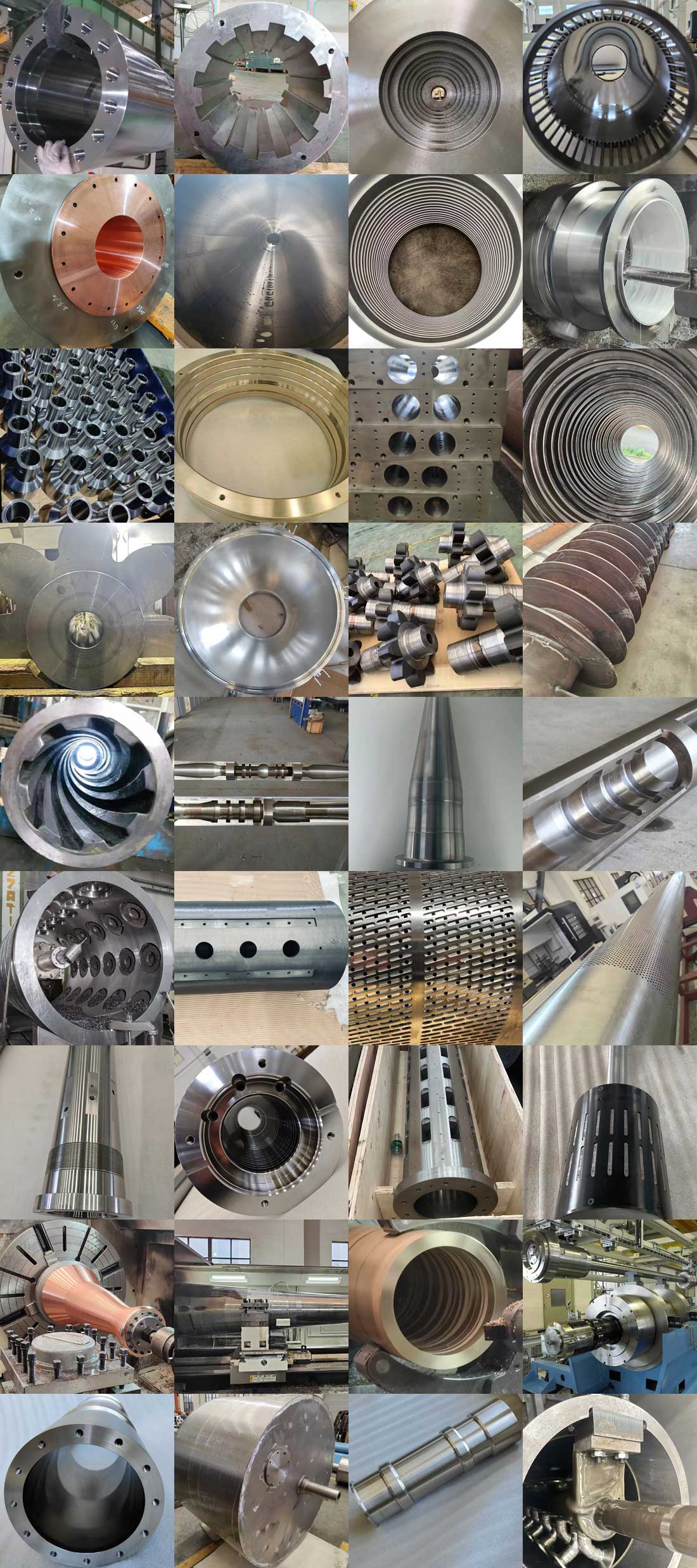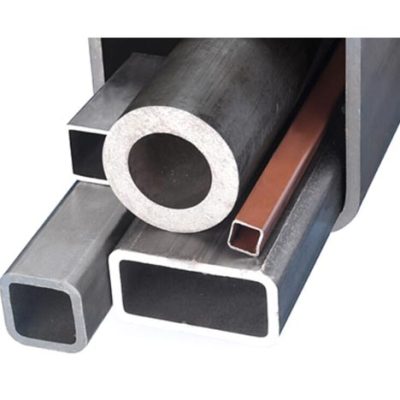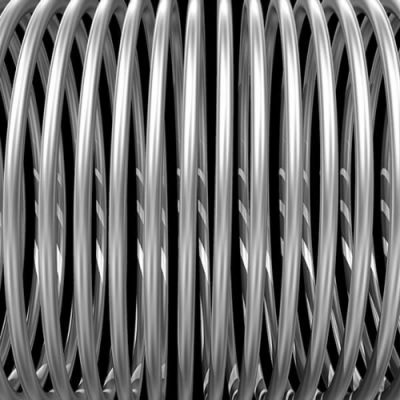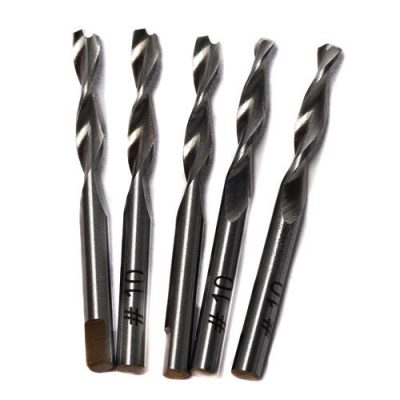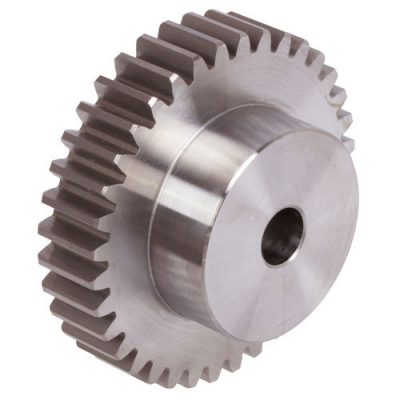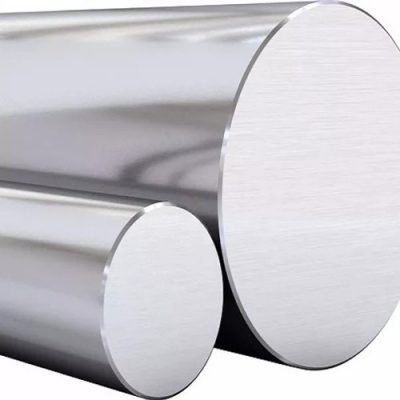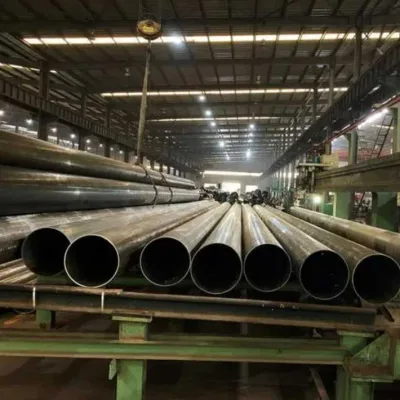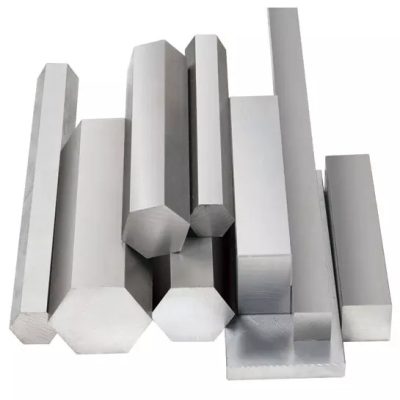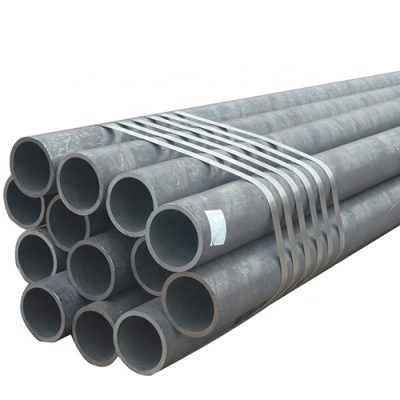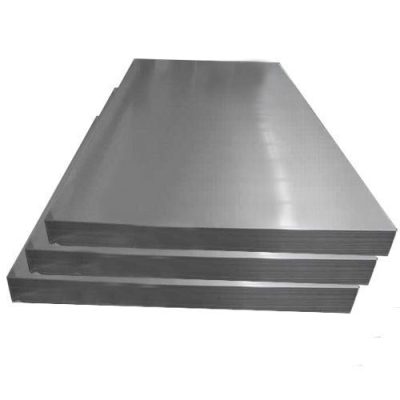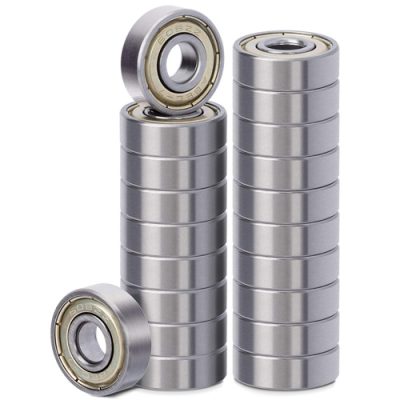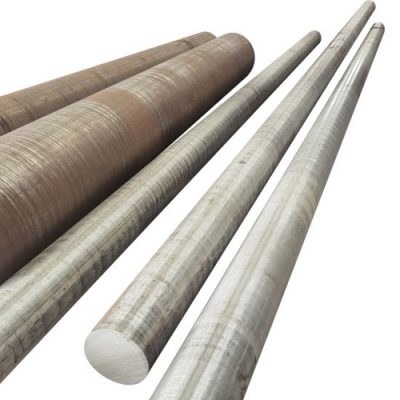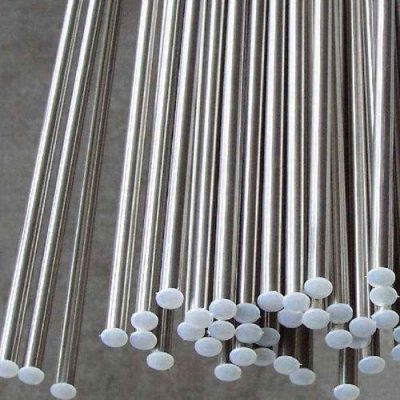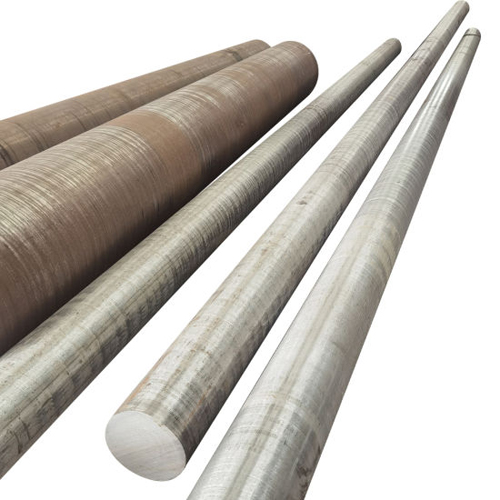
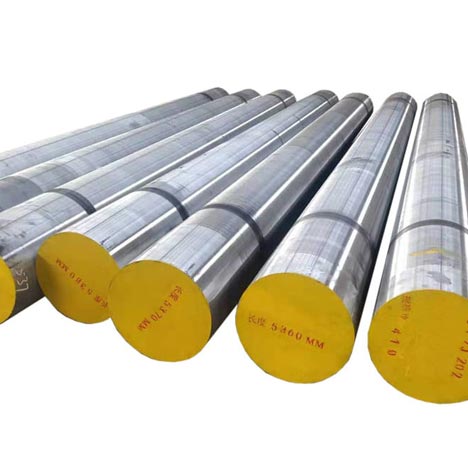
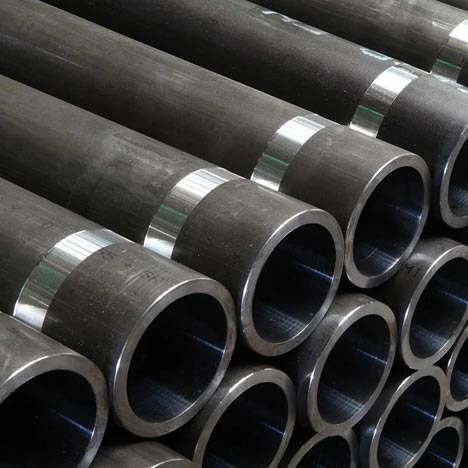
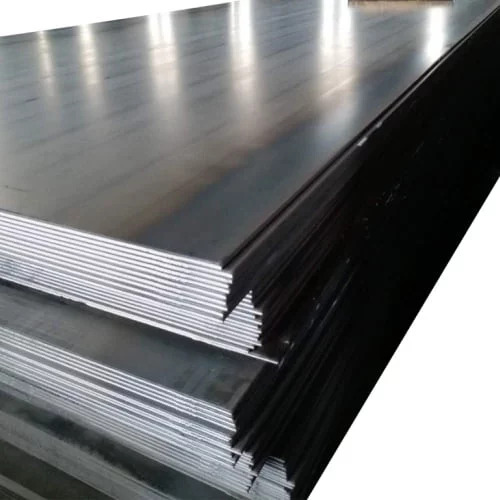




High quality carbon structural steel
Carbon steel is an iron-carbon alloy with a mass fraction of carbon between 0.2 and 2.06% and a small amount of impurities such as Si, Mn, P, and S. According to its use, carbon steel can be divided into carbon structural steel, carbon tool steel and carbon cast steel. Carbon structural steel is divided into ordinary carbon structural steel and high-quality carbon structural steel according to metallurgical quality.
The smelting method of ordinary carbon structural steel is simple, and it contains many harmful impurities and non-metallic inclusions. The metallurgical quality of high-quality carbon structural steel is better, the amount of harmful impurities P, S and non-metallic inclusions are less, the uniformity and surface quality are better, and the chemical composition and mechanical properties of the steel must be guaranteed at the same time.
The carbon content of high-quality carbon structural steel is below 0.85%. According to the different manganese content, it is divided into two groups: ordinary manganese content (0.35~0.80%) and higher manganese content (0.70~1.2%). For a group with higher manganese content, add "Mn" after the steel number, such as 15Mn, 20Mn, etc.
Email: [email protected]
WhatsApp: 0086-18301953841

08 steel and 10 steel have very low carbon content, low strength and good plasticity, good welding performance and rolling performance, and are usually rolled into thin plates or steel strips. Mainly used for the manufacture of cold stamping parts, such as various instrument panels, containers and gaskets and other parts.
15 steel, 20 steel and 25 steel also have good weldability and calendering properties, and are often used in the manufacture of structural parts and parts with little stress and high toughness, such as welding containers, manufacturing nuts, screws, etc., as well as manufacturing strength Carburizing parts that are not too demanding, such as cams, gears, etc. The heat treatment of carburized parts is generally a quenching (840~920℃) and low temperature tempering after carburizing.
35 steel, 40 steel, 45 steel, 50 steel, 55 steel are quenched and tempered steels, which can be used to manufacture parts with high performance requirements, such as gears, connecting rods, shafts, etc. Quenched and tempered steel is generally quenched and tempered to obtain comprehensive mechanical properties with good strength and toughness. For workpieces that do not require high comprehensive mechanical properties or have large cross-sectional dimensions and poor quenching effect, normalizing can be used instead of quenching and tempering.
60 steel, 65 steel, 70 steel, 75 steel, 80 steel, and 85 steel belong to spring steel. After proper heat treatment, they can be used to manufacture parts that require good elasticity and high strength, such as springs, spring washers, etc., and can also be used to manufacture Wear parts. Cold-formed springs are generally only subjected to low temperature stress relief treatment. Hot-formed springs are generally quenched (~850℃) and tempered at medium temperature (350~500℃). The wear parts are quenched (~850℃) and tempered at low temperature (200~250℃).

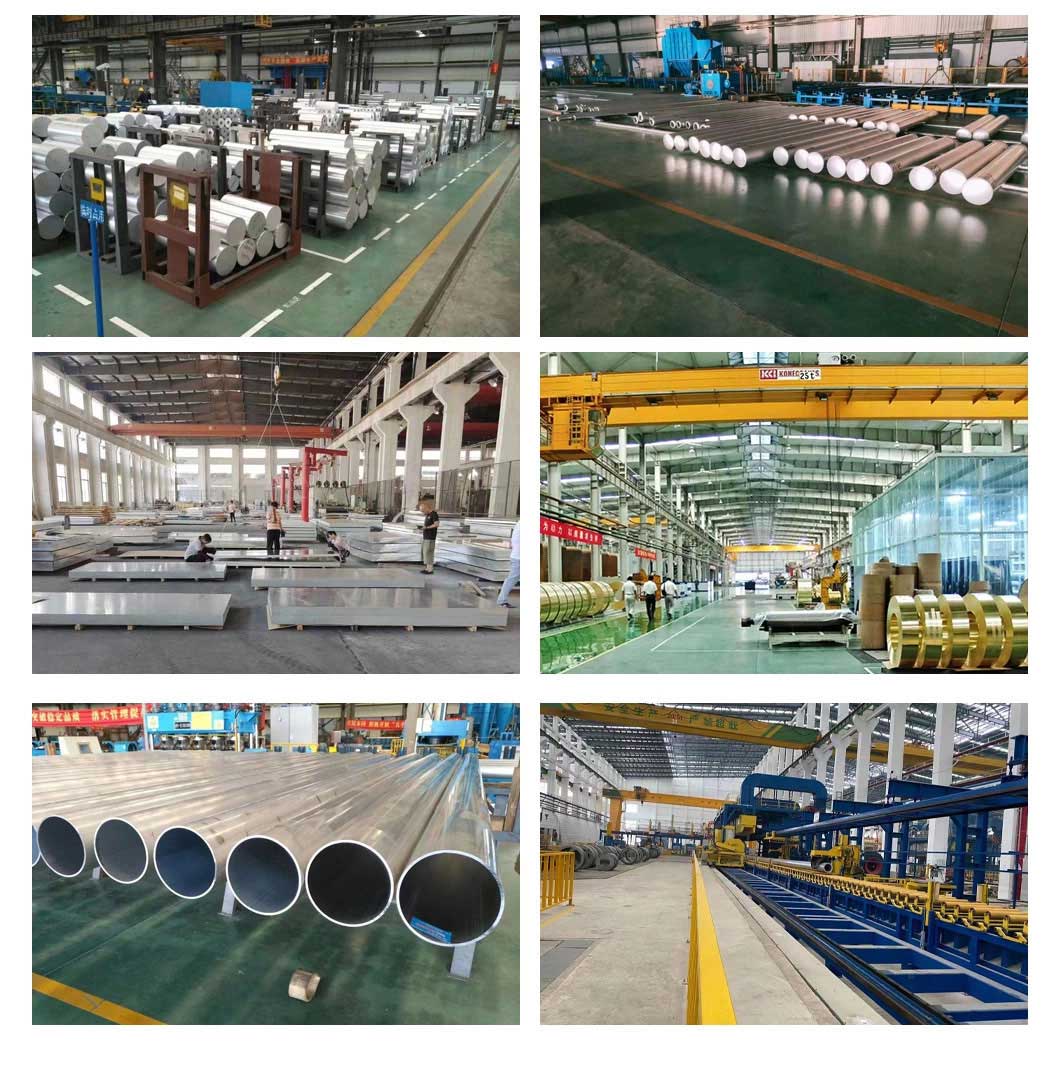
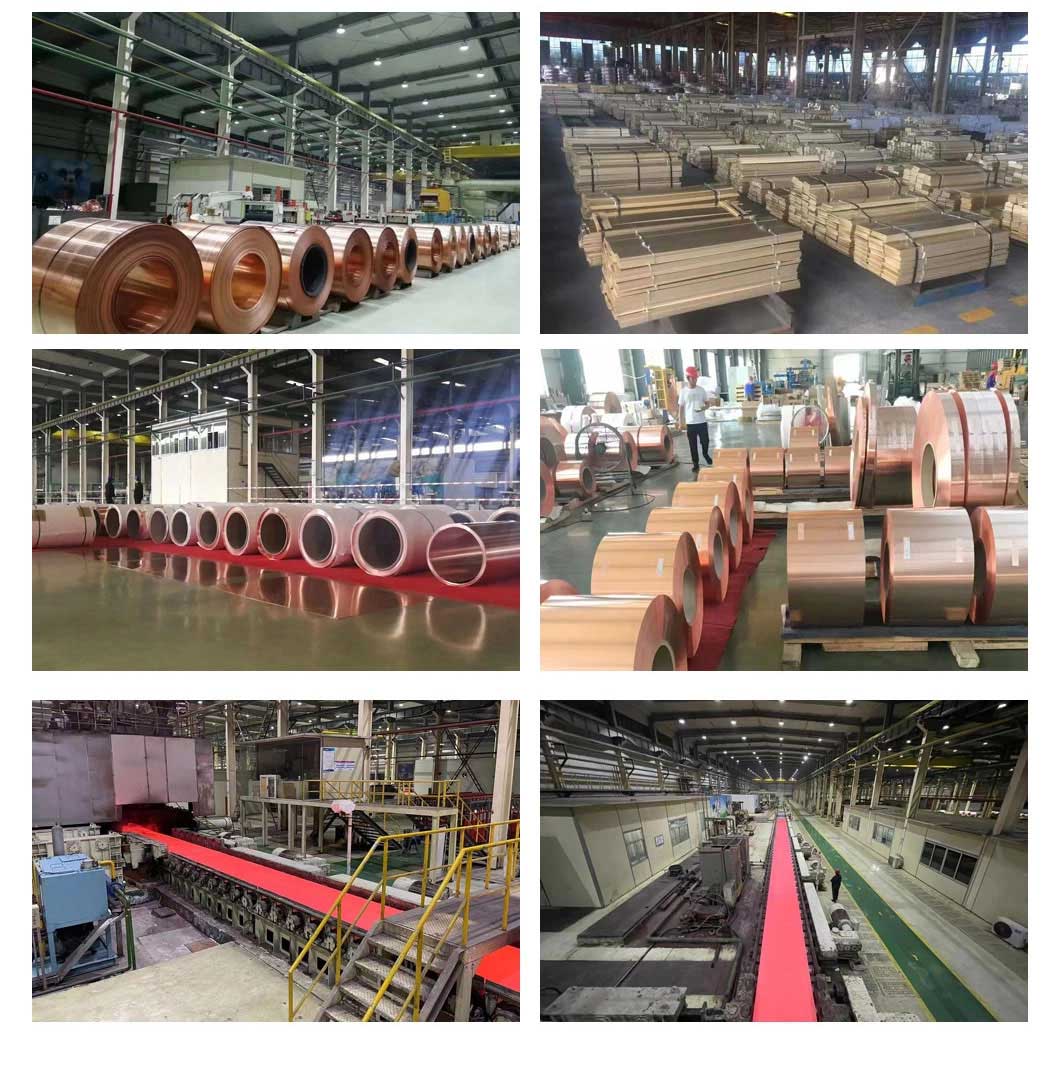
We also provide CNC precision machining services for our clients, covering industries such as energy, petrochemicals, steel, engineering machinery, plastics, prevention and control, hydraulics, healthcare, and food. Please feel free to send us drawings for inquiries.
